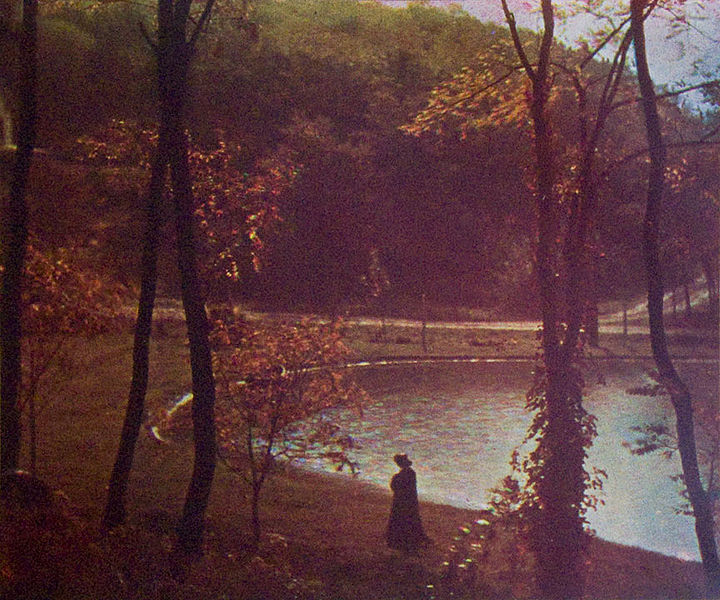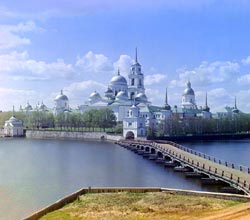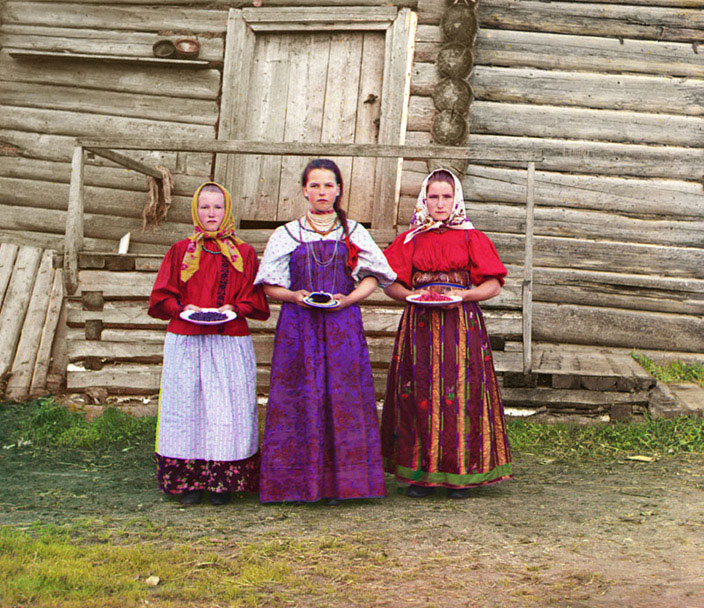
Figure 1 – Edward Steichen, “Experiment in Three Color Photography, 1906<” originally published in Camera Work #15, 1906, from the Wikicommons and in the public domain.
We began our exploration of early color photography from a discussion of Edward Steichen’s (1879-1973) “false color” image of the Flat Iron building in NYC. So it is fitting to include Figure 1 an image from Camera Work # 15, 1906, which shows an early experiment by Edward Steichen in color photography by the three-color method. I just cannot resist also including two more of Prodkudin-Gorsky’s three color images from the Library of Congress. These are “Peasant Girls, 1909” and “Nilova Monastery, 1910.”
It is surprising to discover that with these additive methods coupled with photo-lithographic techniques not only was color photography possible in the first decade of the twentieth century, but it was magnificent. Both the Autochrome and the three color techniques were appealing in that they did not require any more, from a chemical standpoint, than standard silver halide development. This meant that any amateur could develop them.

Figure 3 – Prokudin-Gorsky, Nilova Monastery, 1910,” from the Library of Congress and in the public domain.
Such was not the case with ultimate subtractive processes such as: Kodachrome, Kodacolor, and Ektachrome. These required not only a complex slew of nasty chemicals to develop, not to mention complex tweaking of color filters on your enlarger, but also very precise temperature control. This made these processes largely inaccessible to most home darkrooms.
Autochrome and three-color are interesting variants in methodology. They both involve geometric separation of the different primaries. In the Autochrome process this is microscope and local, much like the modern computer LED or LCD monitor. In three-color three separate images are projected separately into registration.
You can see the fundamental problem with this additive color approach, at least to analogue photography. Both methods are awkward and require special equipment and methods to visualize. They were stunning, but inventors, at the time, soon realized that subtractive color was the way to go.
However, before we go on to discuss subtractive color, we need to realize that there is one more approach to additive color that we have not considered. We’ve spoken about local separation and projection (Autochrome) and global separation and projection (Three-color). But we have yet to consider the very significant method of temporal separation, the rapid project of serial images. However, first we need to consider the phenomenon of visual persistence, or what it really is. We need to consider why we can see movies. And by the time we are done with that, we will have to abandon our misconception that the first two decades of the twentieth century were black and white. In the immortal words of Jacques Brel
“It was the time when Brussels could sing
It was the time of the silent movies
It was the time when Brussels was king
It was the time when Brussels brustled
Pick out a hat so dashing and gay
Go take a walk, it’s a beautiful day
Put on your spats and your high-buttoned shoes
Get on the tram, get the gossip and news”

